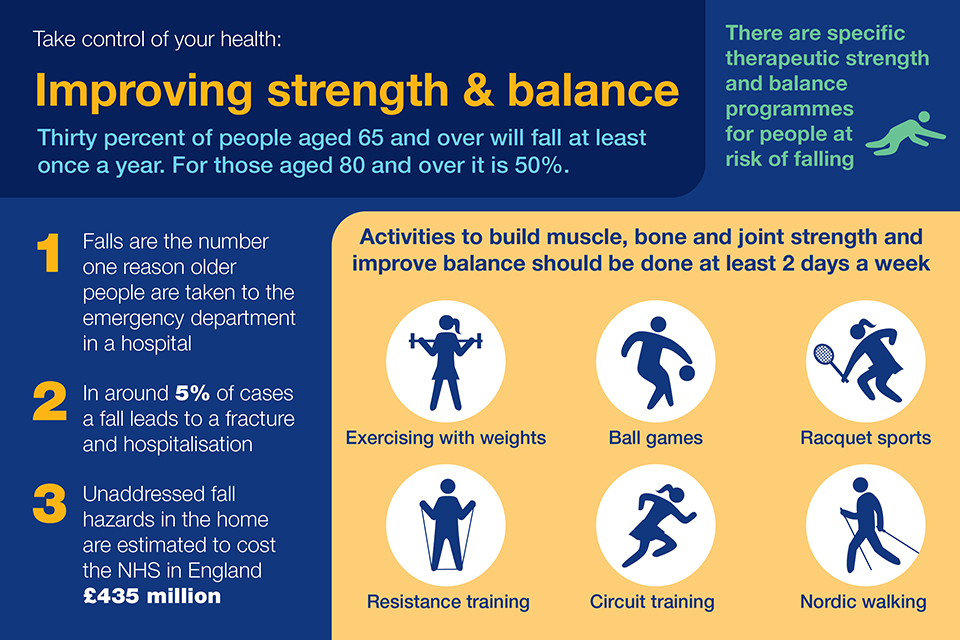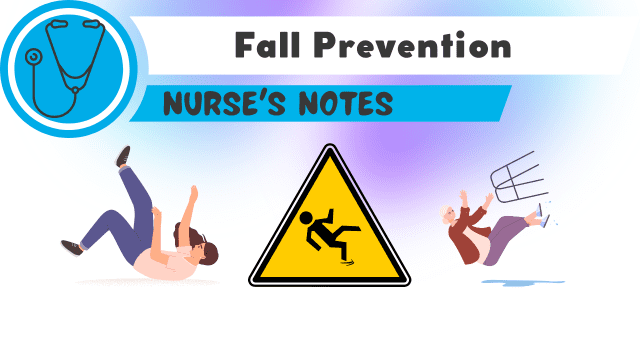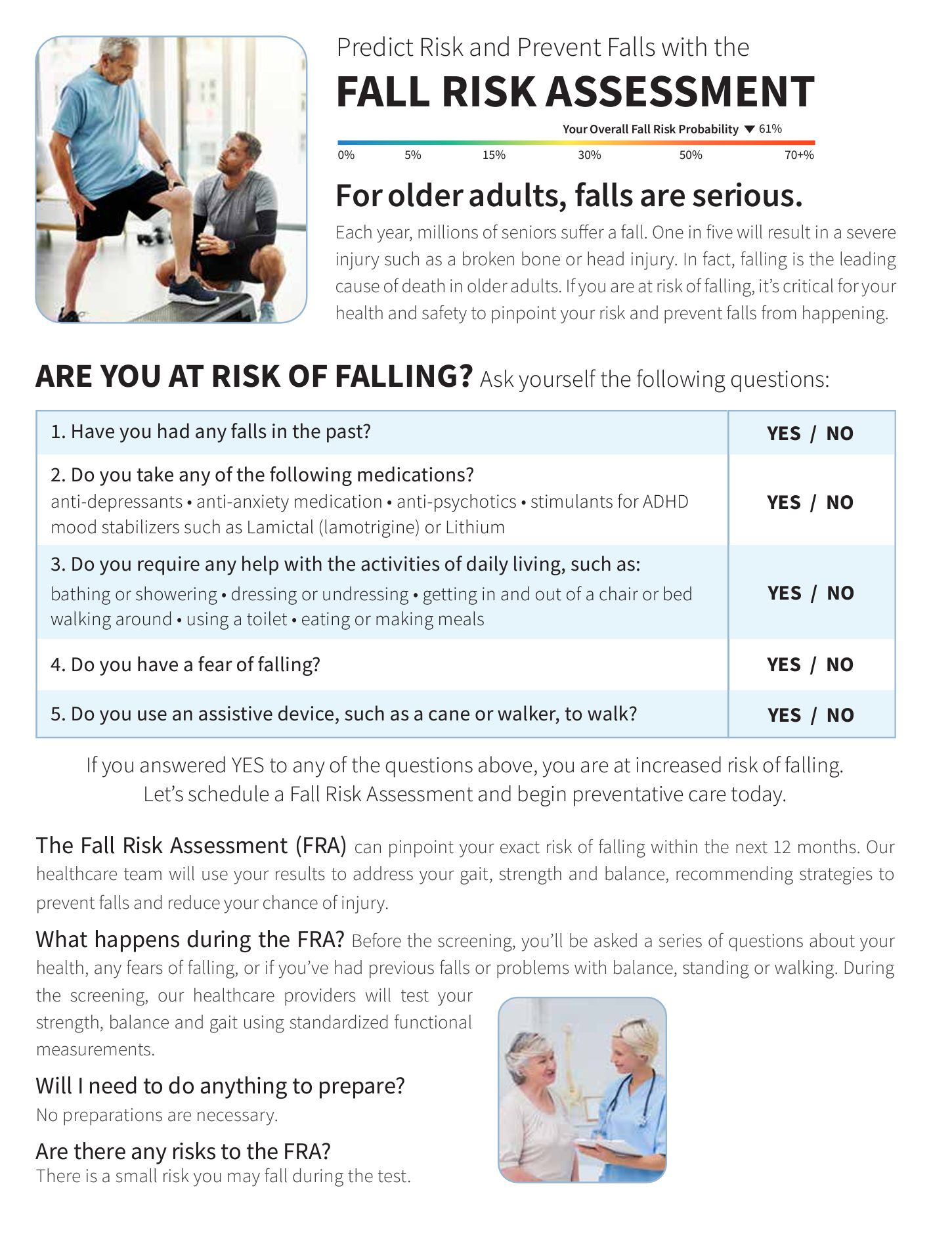The Ultimate Guide To Dementia Fall Risk
Table of ContentsGetting My Dementia Fall Risk To WorkEverything about Dementia Fall RiskWhat Does Dementia Fall Risk Mean?Dementia Fall Risk for Dummies
A fall risk evaluation checks to see how likely it is that you will fall. It is primarily provided for older adults. The assessment typically includes: This includes a collection of questions about your overall health and wellness and if you've had previous drops or issues with balance, standing, and/or walking. These tools test your stamina, balance, and gait (the way you stroll).Treatments are suggestions that might lower your risk of dropping. STEADI includes 3 actions: you for your risk of falling for your danger factors that can be improved to attempt to protect against drops (for instance, balance troubles, impaired vision) to minimize your threat of dropping by utilizing effective methods (for instance, supplying education and learning and sources), you may be asked numerous questions consisting of: Have you fallen in the past year? Are you fretted concerning falling?
You'll rest down once again. Your company will certainly check the length of time it takes you to do this. If it takes you 12 secs or even more, it may imply you are at higher danger for a loss. This examination checks strength and balance. You'll rest in a chair with your arms went across over your breast.
Relocate one foot halfway forward, so the instep is touching the huge toe of your other foot. Move one foot completely in front of the various other, so the toes are touching the heel of your various other foot.
Examine This Report about Dementia Fall Risk
Many drops take place as an outcome of multiple contributing factors; as a result, taking care of the danger of falling begins with identifying the factors that add to fall risk - Dementia Fall Risk. Some of the most relevant danger variables consist of: Background of prior fallsChronic clinical conditionsAcute illnessImpaired gait and balance, reduced extremity weaknessCognitive impairmentChanges in visionCertain risky medications and polypharmacyEnvironmental aspects can additionally raise the risk for drops, consisting of: Insufficient lightingUneven or damaged flooringWet or unsafe floorsMissing or damaged hand rails and get barsDamaged or incorrectly fitted devices, such as beds, wheelchairs, or walkersImproper use of assistive devicesInadequate guidance of the people living in the NF, including those that show hostile behaviorsA effective loss risk management program needs a detailed medical assessment, with input from all members of the interdisciplinary group

The treatment plan should you can check here additionally include interventions that are system-based, such as those that advertise a secure setting (appropriate lighting, hand rails, get hold of bars, and so on). The effectiveness of the interventions need to be reviewed periodically, and the treatment strategy changed as needed to mirror changes in the fall threat assessment. Executing a fall danger administration system making use of evidence-based best practice can reduce the frequency of drops in the NF, while restricting the possibility for fall-related injuries.
Excitement About Dementia Fall Risk
The AGS/BGS guideline recommends screening all adults aged 65 years and older for autumn risk every year. This testing includes asking patients whether they have actually dropped 2 or even more times in the past year or looked for medical interest for a fall, or, if they have not fallen, whether they feel unsteady when walking.
Individuals who have dropped once without injury should have their balance and gait evaluated; those with gait or balance problems ought to get additional evaluation. A background of 1 autumn without injury and without gait or equilibrium troubles does not call for additional evaluation beyond continued annual loss risk screening. Dementia Fall Risk. A loss risk assessment is required as component of the Welcome to Medicare evaluation

The Of Dementia Fall Risk
Documenting a drops history is one of the high quality indications for fall avoidance and administration. Psychoactive medicines in specific are independent forecasters of drops.
Postural hypotension can frequently be alleviated by minimizing the dose of blood pressurelowering medicines and/or stopping medicines that have orthostatic hypotension as a negative effects. Use of above-the-knee assistance hose YOURURL.com and sleeping with the head of the bed raised may likewise reduce postural reductions in high blood pressure. The preferred elements of a fall-focused checkup are revealed in Box 1.

A TUG time above or equivalent to 12 secs suggests high fall threat. The 30-Second Chair Stand test examines reduced extremity toughness and equilibrium. Being unable to stand up from a chair of knee elevation without making use of one's arms suggests increased fall danger. The 4-Stage Balance test assesses static equilibrium by having the person stand his response in 4 settings, each gradually a lot more challenging.